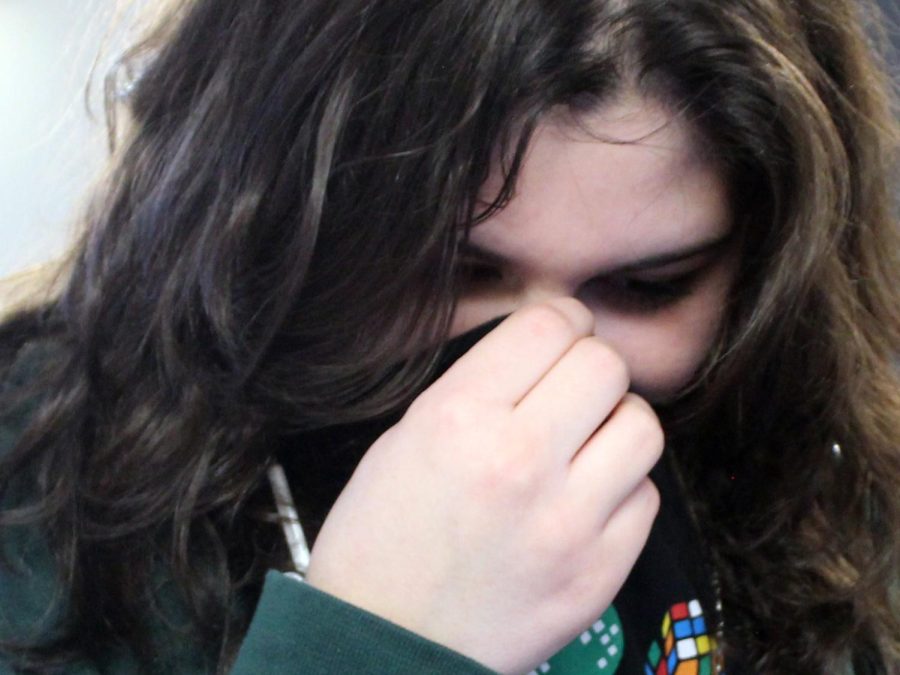Students Receive ISS For Releasing Stink Bombs Around School
Students could smell the stink bombs in several classrooms, hallways, a stairwell and the cafeteria April 25 and 26.
May 1, 2023
Students executed a plan to set off stink bombs in multiple locations April 25 and 26.

“We were standing in the hall during the passing period, so my students were entering the room and I had the student with the bag that was contaminated,” biology teacher Jennifer Olivares said. “I had him leave the bag in the hall.”
The students caught with stink bombs received multiple days of ISS.
“[Stink bombs are] a very big distraction and not warranted for our school,” Principal Joey McQueen said. “If a mess is made, it affects our custodians by taking time to clean up a problem.”
After the contaminated bag Olivares found was taken to an assistant principal’s office, it was sent to Badger Studio which was empty of students at the time.
Sophomore Joey Roberts was in one of the contaminated classrooms. She said everyone had to exit the room.
“A lot of people were gagging and they felt like they were going to throw up,” Roberts said.
Senior Seth Norton experienced smelling a stink bomb in a stairwell.
“I was literally gagging,” Norton said. “A whole herd of people were walking away from the stairwell. It was disgusting and traumatizing to my nostrils.”
Stink bombs work when ammonium sulfide and hydrogen sulfide are mixed. The chemicals are kept in a breakable container, so when it is broken the chemicals are exposed to air where they create the smell associated with stink bombs.
“Everyone at my [lunch] table except for me and the group I was with left,” junior Olivia Brown said. “It just smelled like Sulfur Creek.”

